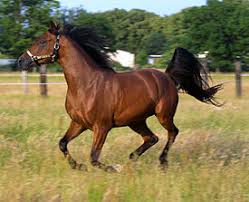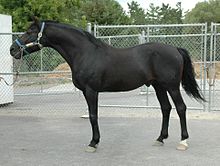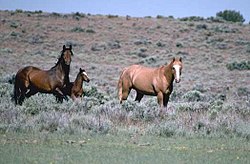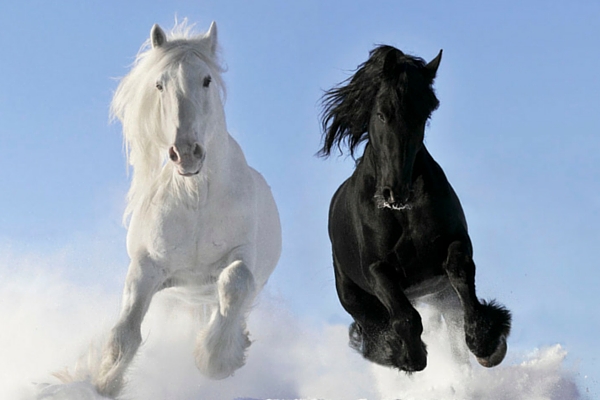massive body
OSSETIAN ROCK HORSE (part 3)
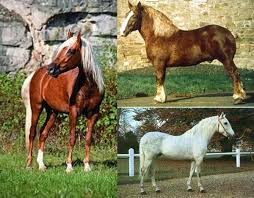 Archaeological material belonging to the Scythian period reflects close contacts between Iranian-speaking nomads and Caucasian tribes. Particularly intense interaction took place in the Central Caucasus. Under the influence of the ancient Iranians, local tribes underwent changes in military affairs. They began to use cavalry in the war, especially in the 7th-6th centuries. BC, during the stay in the open spaces of the North Caucasus Scythians. From time to time, their numerous equestrian squads made successful campaigns from here to the countries of the Near East. During this period, cavalry became the dominant branch of the Caucasian tribes. Together with equestrian battle tactics, Caucasian tribes adopt the horse itself from the Scythians. Part of the Scythians, and in the VI-V centuries. BC. and savromatov, mixed with cobans who lived in the foothills. The presence of nomadic burials in the mountainous regions of the Central Caucasus dating back to the 7th-6th centuries. Continue reading
Archaeological material belonging to the Scythian period reflects close contacts between Iranian-speaking nomads and Caucasian tribes. Particularly intense interaction took place in the Central Caucasus. Under the influence of the ancient Iranians, local tribes underwent changes in military affairs. They began to use cavalry in the war, especially in the 7th-6th centuries. BC, during the stay in the open spaces of the North Caucasus Scythians. From time to time, their numerous equestrian squads made successful campaigns from here to the countries of the Near East. During this period, cavalry became the dominant branch of the Caucasian tribes. Together with equestrian battle tactics, Caucasian tribes adopt the horse itself from the Scythians. Part of the Scythians, and in the VI-V centuries. BC. and savromatov, mixed with cobans who lived in the foothills. The presence of nomadic burials in the mountainous regions of the Central Caucasus dating back to the 7th-6th centuries. Continue reading
Oryol breed – the pride of Russian horse breeding (part 1)
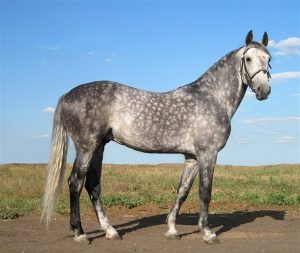 The Oryol trotter breed was bred in the distant 18th century at the Khrenovsky stud farm of Count Orlov. One of the distinguishing features is the ability to frisk trot that is inherited from one generation to another. It is thanks to this fact that the breed is today called not only pride, but also a symbol of domestic horse breeding.
The Oryol trotter breed was bred in the distant 18th century at the Khrenovsky stud farm of Count Orlov. One of the distinguishing features is the ability to frisk trot that is inherited from one generation to another. It is thanks to this fact that the breed is today called not only pride, but also a symbol of domestic horse breeding.
Photo of the Oryol trotter
The modern trotter, as can be seen in the photo, has a good physique. This small horse has a slightly dry head and a wide forehead, its profile is slightly humpy, the neck is distinguished by an excellent bend and is located high, the withers have clear lines. The croup of such an animal is sloping, the body is somewhat elongated, has strong legs. Specialists distinguish several types of exteriors of excellent representatives, which can be seen in the photo. These include dry (it is light), massive (very similar to a heavy truck) and intermediate. Despite the presence of such a variety of horse species, the blood of noble Arabian horses flows in each of them. Continue reading
